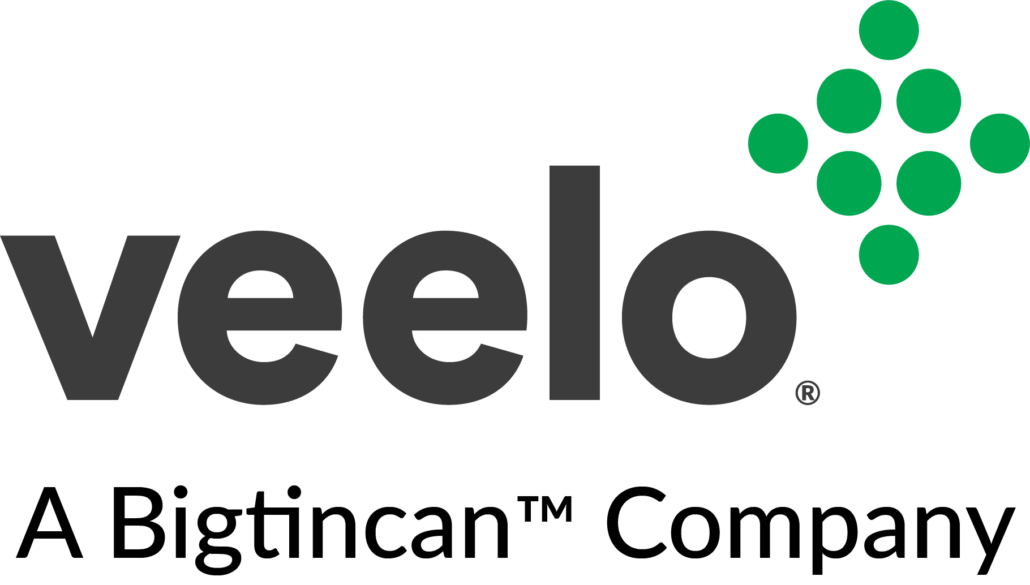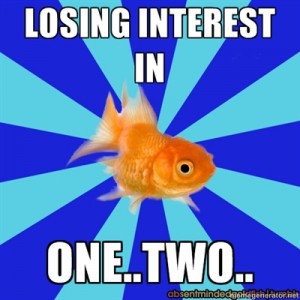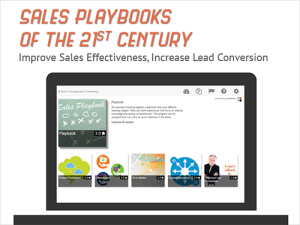2014 In Review: The State of Sales Training
As 2014 comes to a close it’s time to evaluate the year, make resolutions for improvement, and predict what will happen in 2015. To narrow down this monumental task, we’ve decided to focus on the state of sales training in 2014, and make 2015 resolutions for improvement.
According to a 2014 comprehensive study by Sirius Decisions, 38% of companies still lack a formal sales onboarding process. Yet, according to the same study, those companies with robust onboarding programs shorten time to rep productivity.
While 2014 was a great year in many ways, but it’s clear that when it comes to Sales support and training, there’s a lot of room for improvement in the coming year. Specifically, there were several clear, yet addressable problems with sales training and content in 2014:
- Too long and dense
- Difficult to access on all devices
- Difficult to locate content pieces across information sources
- Not pushed out at appropriate moments in the sales cycle
- Not contextually relevant
Whether it’s Internet Culture or just the way that people have always learned, it’s clear from learning science studies that today people learn better in short, relevant bursts. The fact that 48% of trainers don’t think their content is engaging enough is proof that unfortunately many companies have not implemented content that is attuned to the ways in which people learn best. (For more information on tailoring content to meet Sales attention spans, see our blog post on this topic.)
Perhaps companies are catching on, though. According to a study by Brainshark, 45% of companies are planning to invest in video-based training, and will hopefully listen to the 65% of employees that believe video training should be kept to under ten minutes. Interactive training, short modules, and continued teaching aids and training bursts throughout the sales cycle are the techniques that companies need to start implementing.
Which brings us to our New Year’s resolution: To make 2015 the year in which we help you better your Sales productivity and results through more effective content and training, content tracking, and sales onboarding. For a demonstration of how we can help your sellers reach their New Year’s goals, register here for our upcoming demo.







